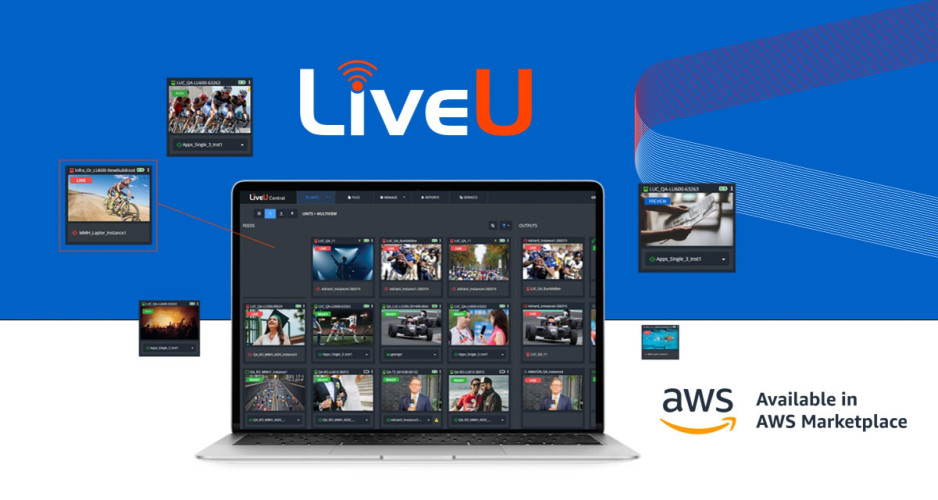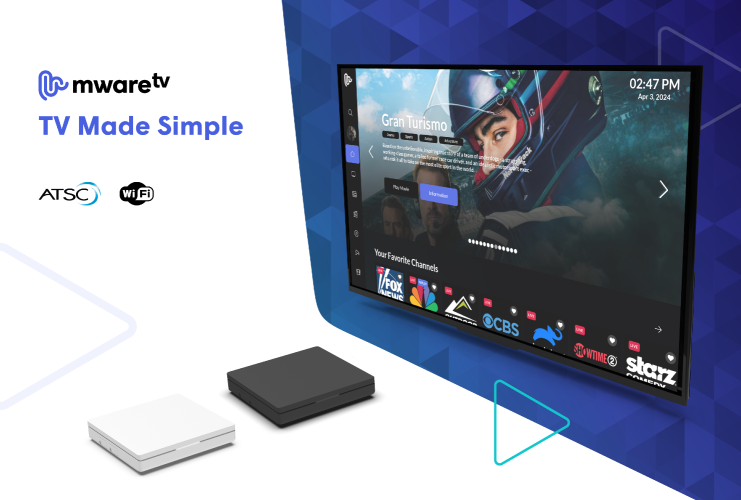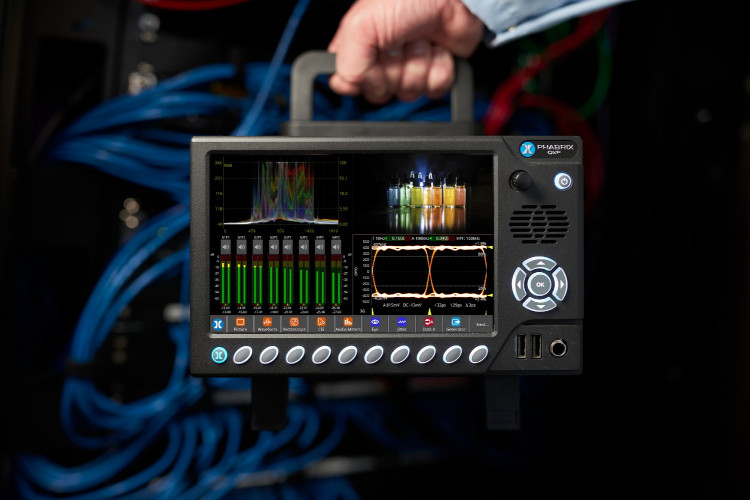A Guide to Testing IPTV: Technologies and Challenges Part 4
Author: Dennis Lennie
Published 1st November 2009
Testing IPTV Networks
The Technology Lifecycle
The deployment of new technologies tends to follow a similar lifecycle that begins with early research, development and standardisation and ends with full deployment and service management.
The lifecycle diagram illustrated in Figure 5 shows a number of different technologies moving through the design and deployment stages to a point where the services are fully operational and managed. The lifecycle itself consists of four distinct rings and it is important to note that any one technology may go round each ring a number of times as the technology advances and matures (or in some cases fails). As the technology progresses, the type of customer (e.g. Network Equipment Manufacturers (NEM)) and location (e.g. telecom Carrier Lab) tends to change.
As the technologies progress through the lifecycle there is a transition in the quality expectations delivered (shown on the right of the diagram). In the early stages, QoS parameters are significant as early researchers strive to get the base technologies to work (either standalone or interoperating with other equipment) and deliver the service. As the technology matures, and many of the QoS issues are resolved, the focus switches to optimising the QoE delivered to the subscriber, since it is this that will provide a differentiator between service providers.
In order to move efficiently and cost effectively through each stage of the lifecycle the need for testing and the selection of the right test equipment is essential. As illustrated, the test tools required through the lifecycle go from those that provide deep diagnostic capabilities (particularly in the early stages) to those capable of monitoring national and even global networks. Consistency of measurement becomes an important factor throughout the process if operators are to develop and deploy services quickly.
IPTV Test Methodology
Figure 6 shows an IPTV network reduced to its simplest form. In effect these systems consist of two key subsystems: the video headend, where video is ingested and made ready for transmission, and the IP network which is used to distribute the video along with voice and data services.
Design requires in-depth tests for standards compliance and interoperability of video and network infrastructure equipment. Manufacturing requires consistent, rapid and repeatable functional test and results logging. Early deployment and trialling requires tools that provide rapid fault identification and diagnosis of IP, video and voice faults.
For full deployment and ongoing system management the emphasis will shift from monitoring and testing parts of the network to 24/7 real-time monitoring of the whole network (which could be global).
Today total IPTV subscriber numbers remain low, and although IPTV networks have been in operation for a while, most are still in their early stages. The key objective during this phase is for operators to “get it working”.
There are three key steps that need to occur during this phase of deployment:
1. Can the “IP Pathway” be reliably set up and torn down? A triple play network needs to assure availability of network resources and bandwidth to deliver video services; however, as video is bandwidth intensive, it is equally important to ensure that pathways that are no longer needed can be torn down successfully. This requires test equipment capable of establishing and testing the IP pathway and providing statistics on network jitter and packet loss.
2. Is the video correct at the source and destination? Once the IP pathway is established it is then essential that the video data pushed into and received from the pathway is correct. This requires the monitoring and analysis of the Transport Streams at the output of encoders and multiplexers at the Headend. At the receiver end, similar monitoring and analysis is required to ensure there has been no degradation of the video as it passes through the system.
When discussing IPTV, it is also important to consider the ingest and storage facilities within the Headend (these are often overlooked). Significant amounts of content to be distributed through the system are ingested over RF, and the integrity of these links is as important as any other in the chain. Being at the front end of the transmission chain, any errors introduced at this stage will be propagated throughout the system. Similarly, much of the video content is stored on servers prior to playout into the system; corruption of the stored video can also lead to the propagation of poor video through the system.
3. Is it a great subscriber experience? The final stage of the early deployment phase is to configure the system to deliver a high QoE. This requires the optimisation of Control Plane (IGMP and RTSP) parameters. Engineers are required to ensure that the requested channels are actually delivered and there is access to the Electronic Programme Guide, etc. This can be an iterative process and will have to be repeated as new services are added, and the system scales up to cater for larger numbers of subscribers.
Throughout these stages engineers require test equipment that brings the broadcast and telecom’s worlds together. The equipment is required to perform comprehensive QoS (e.g. network jitter, lost packets), and QoE (e.g. IGMP response, PCR jitter) measurements. To aid rapid fault isolation and diagnosis, the ability to see and correlate errors across the different layers of the network is essential. Not all errors that occur on the IP layer cause video errors. It is important to understand which do, and which do not.
Multi-layer Monitoring
In a monitoring system, each monitoring device can be considered a probe, monitoring quality at a particular point and layer in the distribution and transmission chain, however probing at only one layer can give a misleading picture of system health.
To be confident that their facilities are performing correctly and efficiently, operators will generally need to probe at multiple layers in their systems. This type of test methodology is known as “multi-layer” monitoring, and allows operators to gain a complete picture of system quality, and to quickly detect and isolate quality problems. Figure 7 shows a small sample of multi-layer test/monitoring points.
This type of multi-layer testing will become more important as IPTV deployments mature and move into the Operate and Manage phase of the lifecycle, and the test emphasis shifts from deep analysis and diagnostics to one of 24/7 monitoring.
****
Throughout this article series we have uncovered a myriad of technological challenges faced by IPTV engineers and operators, and have highlighted the importance of effective test and measurement for the successful deployment of IPTV networks. In the final part of this series, we will provide some examples of specific test and measurement technologies which can be used to help engineers and operators to successfully design, build, monitor and expand these networks.



































